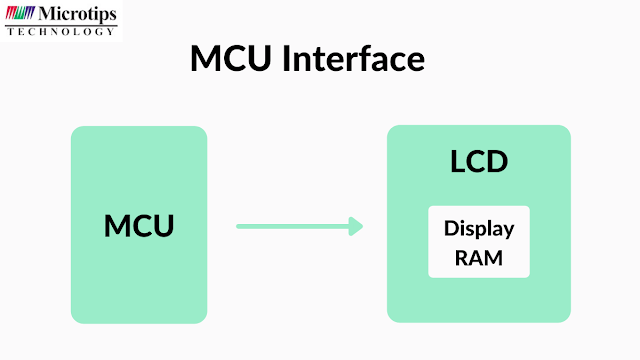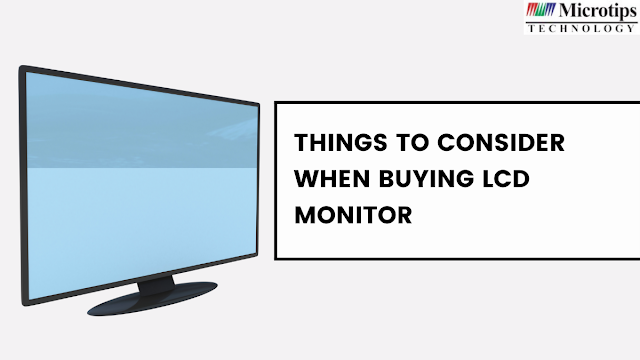MCU Interface: Everything You Need to Know
The parallel interface is the most widely utilized interface type in display modules. The two most popular types of similar interfaces are MCU (microcontroller unit) and RGB.
Parallel interfaces for MCU and RGB can both be employed in a variety of settings.MCU interfaces come in two standard configurations: Motorola-6800 series and Intel-8080. Through an integrated display controller and frame buffer, these interfaces communicate with one another.
We know that by this point, you could be wondering, "What is an integrated display controller?" A frame buffer: what is it? What do they all have to do with the MCU interface, exactly? What differentiates an MCU interface from an RGB interface?
Look at the following blog to get your questions answered.
About MCU Interface
An MCU is an intelligent semiconductor integrated circuit (IC) made up of a processor, memory modules, interfaces for communication, and peripherals. A wide variety of devices, such as washing machines, robotics, drones, radios, game controllers, etc., utilize MCU technology.
To retrieve pixels from the display controller, the MCU interface advances through frames at an accelerated pace. It can display visuals and read and write data directly from internal memory. The MCU provides both timing signals and pixel data in the display system.
Distinction Between The RGB Display Interface And The MCU
In contrast to the MCU interface, the RGB interface operates without involvement from a frame buffer. So, which MCU and RGB should you choose for your displays?
The deployable application of the displays will determine that entirely. Different interfaces may have other demands for memory size and processing speed.
Additionally, there might be variations in the availability of pins. High-performance displays can readily use RGB display interfaces despite needing additional ports, faster processing, and more memory.
However, MCU interfaces use a frame buffer, which makes them simple to use and free of any timing constraints.
Results To Chase
It could be inferred that selecting a parallel MCU can be more favorable for showing graphics after comparing its features and workings. These are more affordable and simple to manage.
MicroTips USA, the global TFT display manufacturer and distributor, uses both RGB and MCU interfaces in their TFT display panels and touch panel displays. However, MCU interfaces are the central aspect of most of their offerings.



Comments
Post a Comment